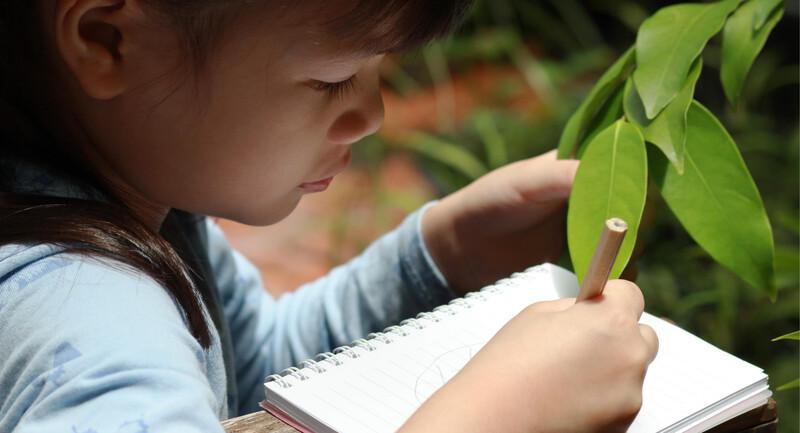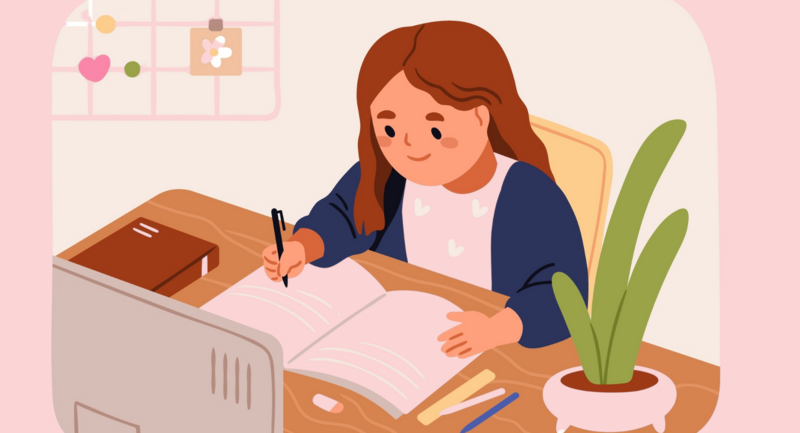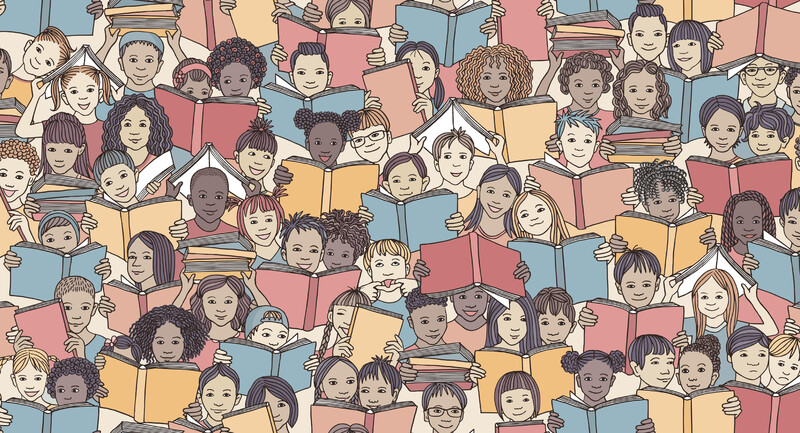“Art speaks to the soul. It allows us to both see and create beauty. It gives us purpose and identity. School without the arts is like food without seasoning: palatable, but without flavor and little enjoyed,” a friend of mine recently told me. This is a very good point. The arts do make school more enjoyable for many students. However, I believe the arts are more than just added flavor. The arts are the means by which we can reach all learners.
Arts Integration and Multiple Intelligences
The big idea behind differentiating instruction is to reach all learners by responding to their readiness levels, interests, and learning profiles. One sure-fire way to differentiate instruction based on interest is to employ arts integration. Arts integration is an approach to teaching in which students construct and demonstrate understanding through an art form. Students engage in a creative process that connects an art form and another subject area and meets evolving objectives in both.
Howard Gardner notes that his theory of multiple intelligences provides a basis for arts education. The idea that human beings can possess a number of intellectual potentials lends itself to the use of the arts to address varying learning needs. Schools typically do a great job addressing linguistic and logical intelligences. However, it is through arts education and the integration of the arts into regular curriculum that schools can meet the needs of learners with spatial, musical, naturalistic, interpersonal, intrapersonal, and bodily-kinesthetic intelligences.
There are four major art forms identified by the Mississippi Arts Commission, in partnership with the Kennedy Center: music, dance/movement, visual art, and theatre/drama. Each art form taps into those multiple intelligences and can easily be used to differentiate instruction.
Students Choose an Art Form to Demonstrate Their Learning
A great way to use arts integration to differentiate instruction in a regular classroom is to allow students to choose an art form to present their learning. I used this while teaching the lifecycles of plants in a 1st grade classroom. I helped the students put themselves into groups based on how they wanted to present the lifecycle of a plant. Once they were in groups, they wrote a piece that described the lifecycle using appropriate vocabulary. Then, I gave the students time to prepare a presentation to share with the class.
One group chose to use visual art to create a simple collage. It wasn’t an elaborate piece of art, but we’d previously created a beautiful whole-class collage after studying Jacob Lawrence, so they were familiar with tearing and cutting paper to create a piece. They created a collage to show the cycle from seed to plant. Then, they used crayons to add details and text to the work. They took the sentences from their written piece and added important words to their artwork. Their piece ended up looking like a diagram with collage.
Another group chose to write a short song to show their understanding of the lifecycle of a plant. They chose a familiar tune and used the words from their written piece to change the lyrics. They were familiar with this kind of activity because I had taught another lesson on using familiar tunes and writing new lyrics earlier in the year.
Another group chose to use drama to act out the cycle of a plant. One student was the seed, another was the growing plant, etc. They used their written piece to create a script of what each element in the life cycle might say. Students were familiar with this type of activity because we had been acting out stories all year during our morning meeting time.
This was a very successful activity for my first graders. I would never have expected them to be able to work in groups to complete this type of activity unless I had been teaching them how to use these art forms all year. All students can participate in these types of activities if they have had proper instruction.
With this activity, my students used social skills to work with a group. They problem solved. They wrote, performed, spoke, and listened. When I asked them to reflect on the lesson later, one student said that he wished his parents could have been in the classroom that day because he felt like a leader and did a great job performing. Another student said that she will never forget about the lifecycle of a plant because she will always remember that song they wrote. This is the kind of deep meaningful learning that we want for our students. It was differentiated by interest as students chose which art form to use.








